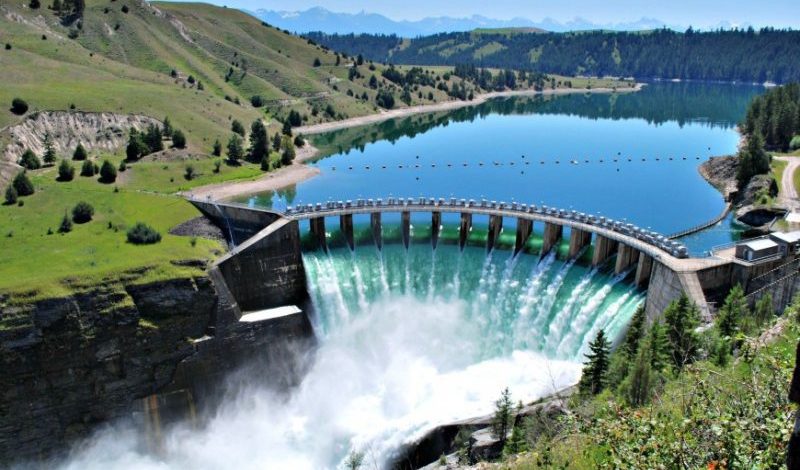Water the core of life sustenance, indeed becomes renewable energy capable of powering an entire planet. According to the history recorded by Mesopotamia in ancient times, water power was harnessed to meet irrigation needs. And later the primitive method of water – rotated wheels date back in Sumerian times. But the evidence of the existence of water wheels belongs to Greeks, where water was picked up in a bucket around a wheel. The water weight stimulates the wheel to run and convert the kinetic energy into mechanical energy which is used for various purposes.
Around the 1900s, men started building dams for maximum utilization of this energy source. The working of a hydroelectric facility relies upon the opening and closing of water reservoir gates depending on the quantity of water needed to produce certain watts of electricity. This technology generates one-fifth of global electricity via the falling of water.
The unique nature of water makes it the finest renewable resource with no tensions on other factors like transportation issues, production strikes, etc.
Since hydroelectricity is convenient in meeting the fluctuations in demand, the function of gates in a dam can be controlled according to daily use. During the night, the production of hydroelectricity is slowed due to the low use of energy among the population.
The water reservoirs formed from the dam construction can support activities such as fisheries, tourism, etc. The hydroelectric companies own land which offers adventure sports like hiking and skiing. Thus, the local economies too are supported by hydropower reservoirs.
As we all know, most of the dam sites will be nearby favorable mountains and hilly areas where the topography of the place questions the strength of the dam. Therefore, regular checks on the maintenance of dam structures and the proper functioning of the gates must be ensured. It is essential not only for the sake of hydropower dams but also for the protection of people living a certain kilometers radius from the dam.
The relicensing of the dam is considered to be a complex process as it checks all the matters concerning the dam. It examines the power generation potential of a river, recreational opportunities, the safety of fish and wildlife, and other environmental supporting aspects. Every 30-50 years, the dam will be examined on the above-mentioned aspects and only if they meet the requirements, relicense will be issued.
In short, hydropower is energy efficient, and therefore it is better on the environment than fossil fuel sources. But the future of Hydropower is uncertain and we may need to focus on other alternatives too. None of the energy can be preserved if the use is maximized. Nature plays a crucial role in the utilization of such energy. Humans rely upon technology to squeeze out energy from nature.
But nature has its own way of functioning and the alterations must be considered as a warning.
image credit : Renewable energy sources














Add Comment